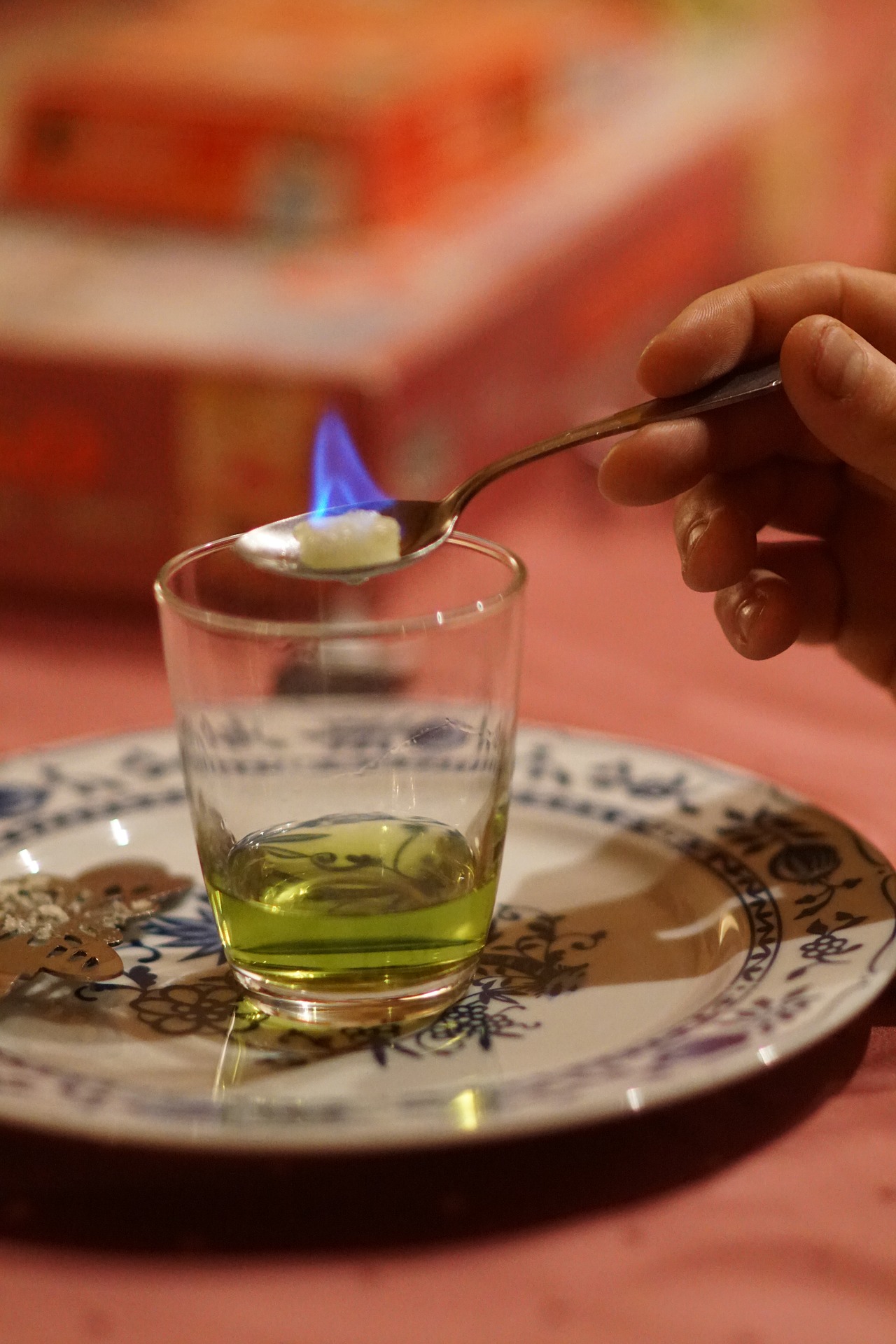5 Signs that it’s time to stop swaddling your baby. If I could offer the parents of a new baby one suggestion, I would advise them to wrap their baby.
Swaddling can be a very effective method to ease newborns’ anxiety as they adjust to life after the birthing womb. I wrapped my daughters from the beginning and it was life-saving during the initial few months. When you wrap them tightly it helps them relax by triggering their startle reflex and mimicking the womb’s environment that can allow them to rest better and stay asleep for longer durations.
Although the benefits of swaddling, can’t last for long. If done correctly is safe and is recommended for babies. As they grow older and get increasingly mobile, the swaddling could be dangerous if you don’t let your baby go from it at the proper moment.
When to Stop Swaddling
The AAP suggests that parents when to stop swaddling their infant (arms in,) when they reach 2 months. Swaddling is dangerous in the following situations:
The baby begins to gain strength to let go of the swaddle and causes there to be loose fabrics in the crib
A few babies might show indications of rolling on their stomachs when they sleep.
It’s possible to hold your baby in their swaddle by letting one or both arms extended past 8 weeks, but it’s essential to watch for the signals that suggest it’s the time to make the switch from swaddling entirely.
5 Signs That It’s time to put down the swaddling
Startle reflex begins to fade
One of the most important reasons to swaddle newborns is to soothe them by the moro, or trigger, or. The majority of newborns have this reflex. However, it typically begins to diminish between two and four months of age. If you notice that your baby is “startling” less often, it’s usually a sign the time for transitioning out of swaddling is just close at hand.
The baby begins to wake up more frequently during the night
If you notice that your child is awake more frequently than usual, particularly in the case of crying or fussy, but not needing to feed, it could be due to them becoming discomforted in the swaddle. They might try to free themselves or stretch their arm and awaken themselves during the process.
Baby is able to break out from the swaddle
If your baby could move an arm, or even completely remove the swaddle from its wrap while they lay down, it’s no longer suitable to swaddle them because it causes loose fabric that can be found in the crib which increases the chance of SIDS.
The baby begins to show indications of getting rolled over
If your child is trying to improve their rolling abilities and is getting better at it, you need to begin the transition process to avoid your baby falling onto their stomachs when they’re asleep but not having the ability to turn back.
Baby begins fighting when wrapped in swaddles
A little resistance is normal in swaddling. This is especially true the first time you try the swaddle on your child. If they begin combating the swaddle as they grow older It’s a sign that they’re ready to rest arms-free.
How Do I Change from A Swaddle?
If your baby is experiencing any indications that it’s time to stop Swaddling, and you’re trying to find alternatives to aid them in sleeping. To make it easier to transition from the swaddling routine, consider:
Moving gradually: Instead of going cold turkey, you can transition from the swaddling routine by swaddling your baby’s arm for a few days and then both arms out for a couple of days before removing the whole thing.
Swap to a sleeping bag: Transitioning from the swaddle directly into a sleeping bag will help your baby adapt to the idea of not being Swaddled. Sleep sacks are also able to be worn through the toddler years!
Make use of white noise Find out more about the ways that white noise can help babies rest peacefully by clicking here.
Baby pacifier: Read what you need to know about pacifiers as well as the sleep on this page.
If you’re having issues with your toddler’s or baby’s sleeping, please get in touch with me here. I’m on a mission to help parents across the globe get their children to sleep through the night. yours could be the next!
Related: Natural Home Remedies for Diaper Rash in Babies



